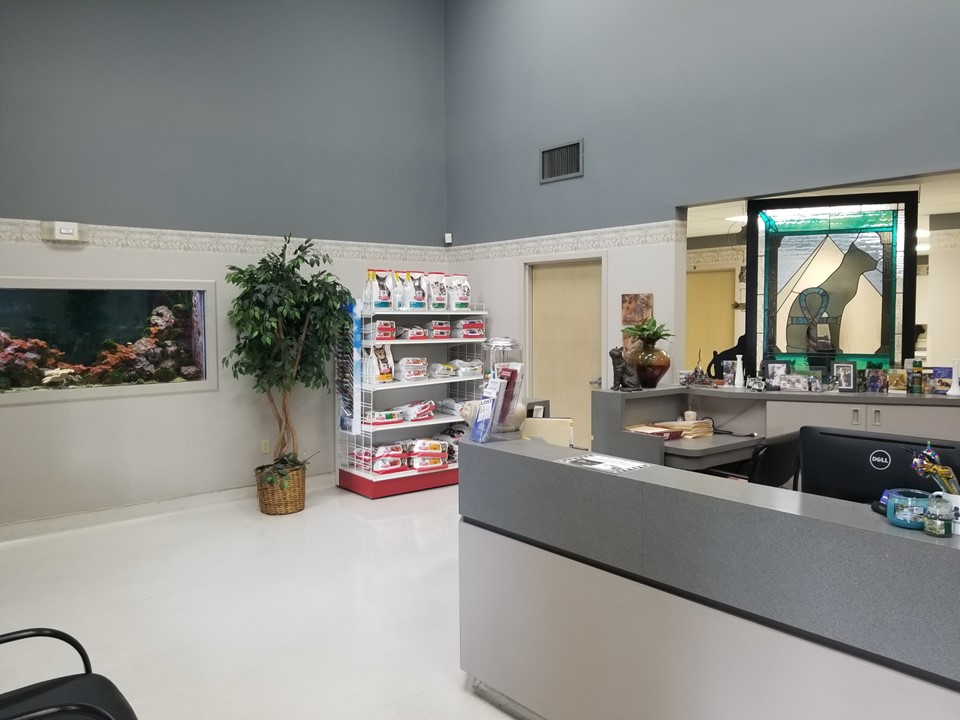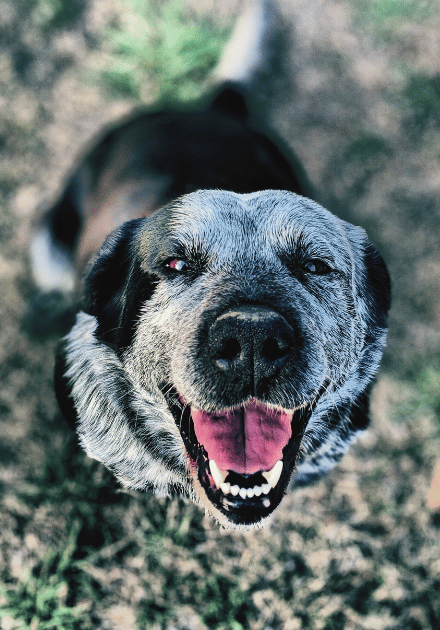Pet Microchipping in Jonesboro, AR
Help your pet find their way home with safe, effective microchipping at Vetcare.
A Simple Step Toward Lifelong Protection
At Vetcare, we believe that every pet deserves the best chance at a safe return home if they ever become lost. That’s why we offer pet microchipping — a quick, reliable, and permanent form of identification that greatly increases the likelihood of a reunion.

How Microchipping Works
A microchip is a tiny device — about the size of a grain of rice — that’s inserted just under the skin between your pet’s shoulder blades. Each microchip carries a unique identification number registered with your contact information. If your pet is ever found and taken to a vet clinic, shelter, or animal control, the chip can be scanned and used to reunite you with your furry companion.
The procedure is quick, safe, and harmless. Most pets tolerate the process very well, with minimal discomfort similar to a routine vaccination. No surgery or anesthesia is required, and the microchip stays in place for life without maintenance or battery changes.
Why Microchipping Matters
Every year, thousands of lost pets are brought into shelters with no way to contact their families. While collars and tags can fall off or become unreadable, a microchip offers permanent, tamper-proof identification that stays with your pet for life.
According to the American Veterinary Medical Association (AVMA), microchipped dogs are over twice as likely to be returned to their owners, and microchipped cats are 20 times more likely to be reunited with their families.
Even indoor pets can slip out unexpectedly — microchipping gives you peace of mind, knowing your pet has a safe path home if the unexpected happens.
Benefits of Pet Microchipping
- Provides lifelong identification that can’t be lost or removed
- Greatly increases the chances of reunion if your pet is lost
- Simple, safe, and minimally uncomfortable procedure
- One-time application with no ongoing maintenance
- Recognized by shelters and veterinary clinics across the country
- Can be added during a wellness visit or spay/neuter procedure

FAQs About Pet Microchipping
Does microchipping hurt my pet?
Not at all. The process is quick and causes only minor discomfort — similar to a standard vaccination. Most pets barely react.
Does microchipping hurt my pet?
Not at all. The process is quick and causes only minor discomfort — similar to a standard vaccination. Most pets barely react.
How old does my pet need to be to get microchipped?
Microchipping can be done as early as 6–8 weeks of age, though it’s often done during spay/neuter surgery or early wellness visits.
What happens if my contact information changes?
It’s easy to update your details through the microchip registration service. We’ll provide guidance on how to do this.
Is a microchip a tracking device?
No. Microchips are not GPS devices. They work as an ID that can be scanned by vets or shelters if your pet is found.
